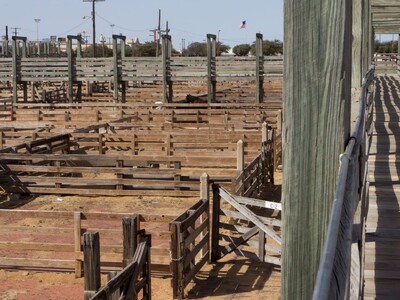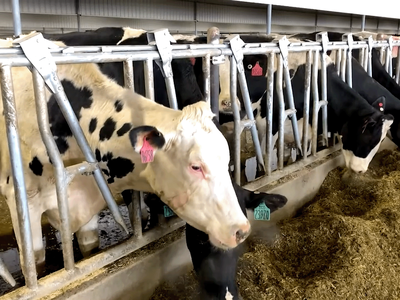Idaho Wolf Management
The "reintroduction" of the Canadian Gray Wolf management has been a constant battle in some of the northwest states over the previous years, bringing multiple questions to the round table and some heated lawsuits. However, Idaho's wolf management plan seems to be running rather smoothly, according to a recent Capital Press article.A Boise State University poll taken earlier this year showed strong statewide support for the hunting of wolves.
Idaho's minimum, documented wolf population has been on a steady decline since the state began allowing hunters to kill the animals.
It peaked at 856 in 2009, the first year Idaho allowed hunters to take wolves, before a lawsuit that resulted in the animals being put back on the endangered species list halted that hunting season.
Since wolves were permanently delisted and hunting resumed in 2011, the population has slowly declined and was 786 at the end of 2015.
"The overall wolf population has stabilized since state management [and hunting] began in 2011," said Idaho Department of Fish and Game spokesman Mike Keckler. "That's when that 30-40 percent population increase we were seeing annually stopped."
A poll taken in January shows support for the hunts.
"Our ... survey showed it's not popular to be a wolf in Idaho," said Corey Cook, dean of BSU's School of Public Service, which conducted the poll. "People didn't express a lot of support for wolves."
The phone survey of 1,000 Idahoans was conducted in all regions of the state and the results — strong support for wolf hunting — were the same.
The poll results showed that 72 percent of people surveyed supported wolf hunting while 22 percent opposed it.
Fifty-one percent of respondents strongly supported wolf hunting compared with 13 percent who strongly opposed it.
Even in Boise, Idaho's main urban area, 64 percent of respondents favored allowing hunters to take wolves while 28 percent opposed that.
The poll results show that Idahoans understand hunting is an important wolf management tool, said Idaho Farm Bureau Federation spokesman John Thompson.
"It certainly is a good thing to hear," he said. "You certainly wouldn't expect to find that (support) in some of the other states that wolves are moving into."
After wolves were re-introduced into Idaho in 1994 and 1995, the animal's population grew rapidly, expanding at a rate of 30-40 percent annually.
Hunting has stopped that growth.
"We're getting over the honeymoon period (and) people see hunting as a good tool in the management toolbox," Thompson said.
While wolf hunting has been successful in controlling the animal's population in Idaho, IDFG numbers show that wolves are getting smarter when it comes to avoiding hunters.
During the 2010-2011 hunting season, Idaho's first full year of wolf hunting, 181 wolves were killed by hunters. That number rose to 376 the next year but has declined each year since then, to 319 and then 303 and 249 last year.
So far this season, 154 wolves have been killed by hunters in Idaho.
When it came to state efforts to reduce the wolf population, support was solid but a little less favorable than for hunting.
When told that Idaho lawmakers approved spending $400,000 annually to reduce the state's wolf population, 56 percent of people surveyed supported state efforts while 38 percent opposed them.















